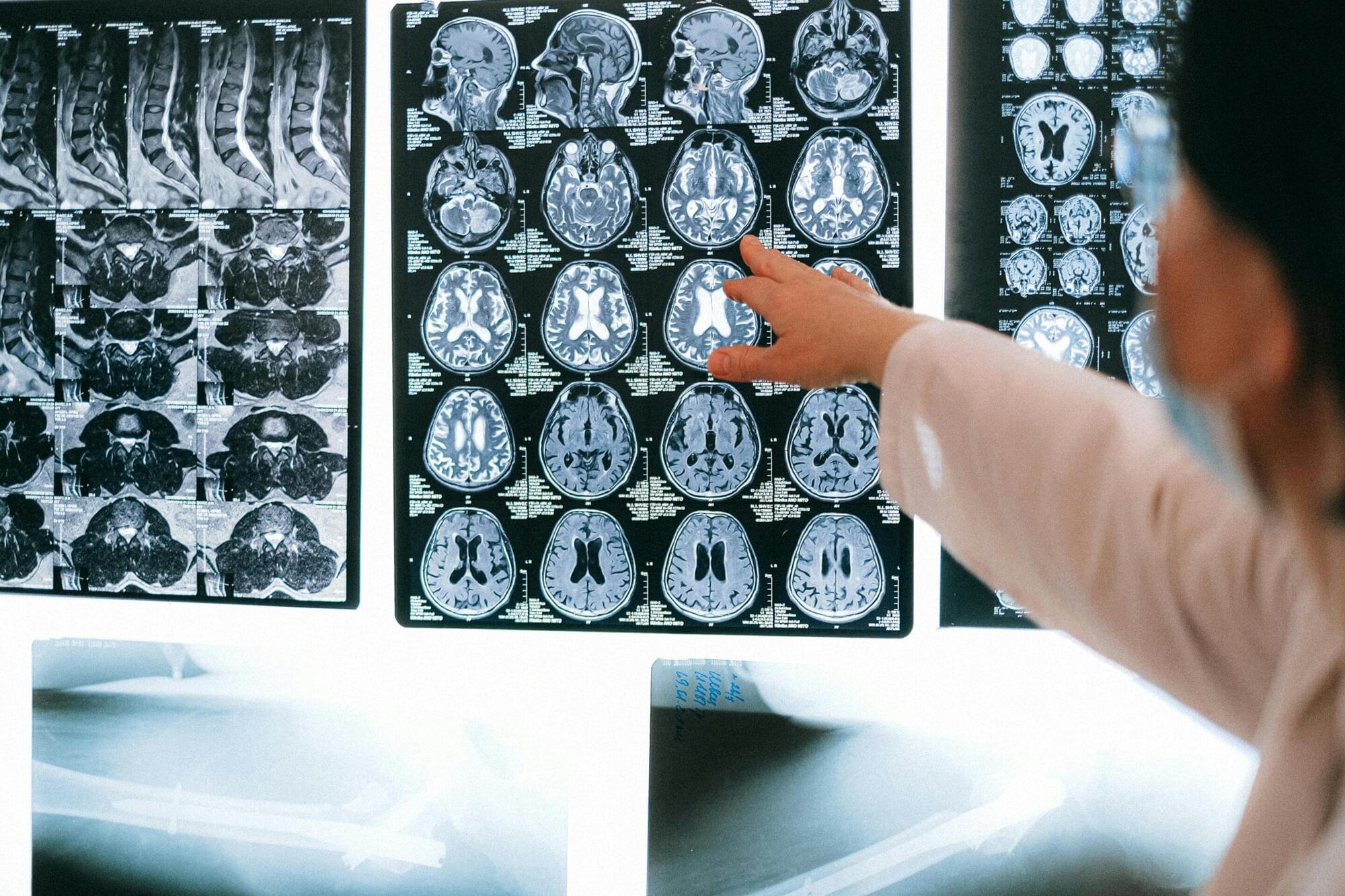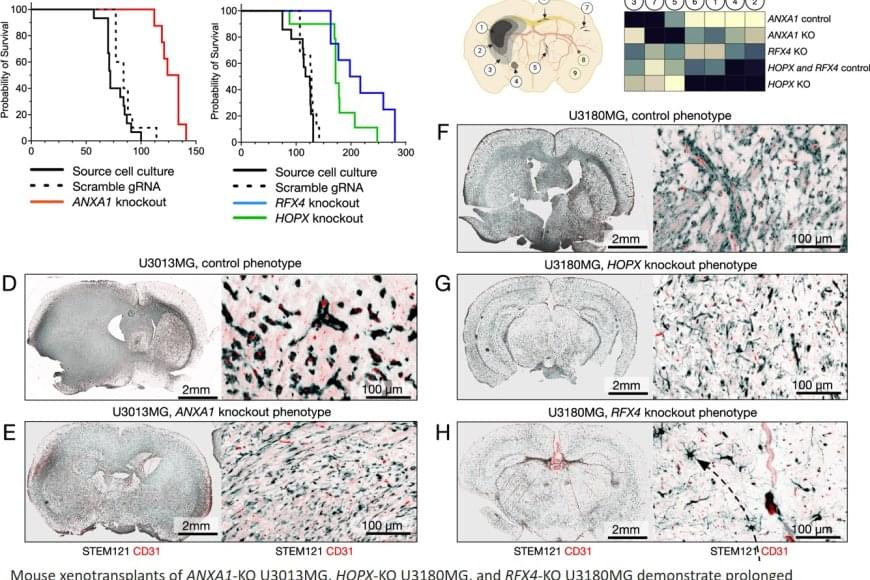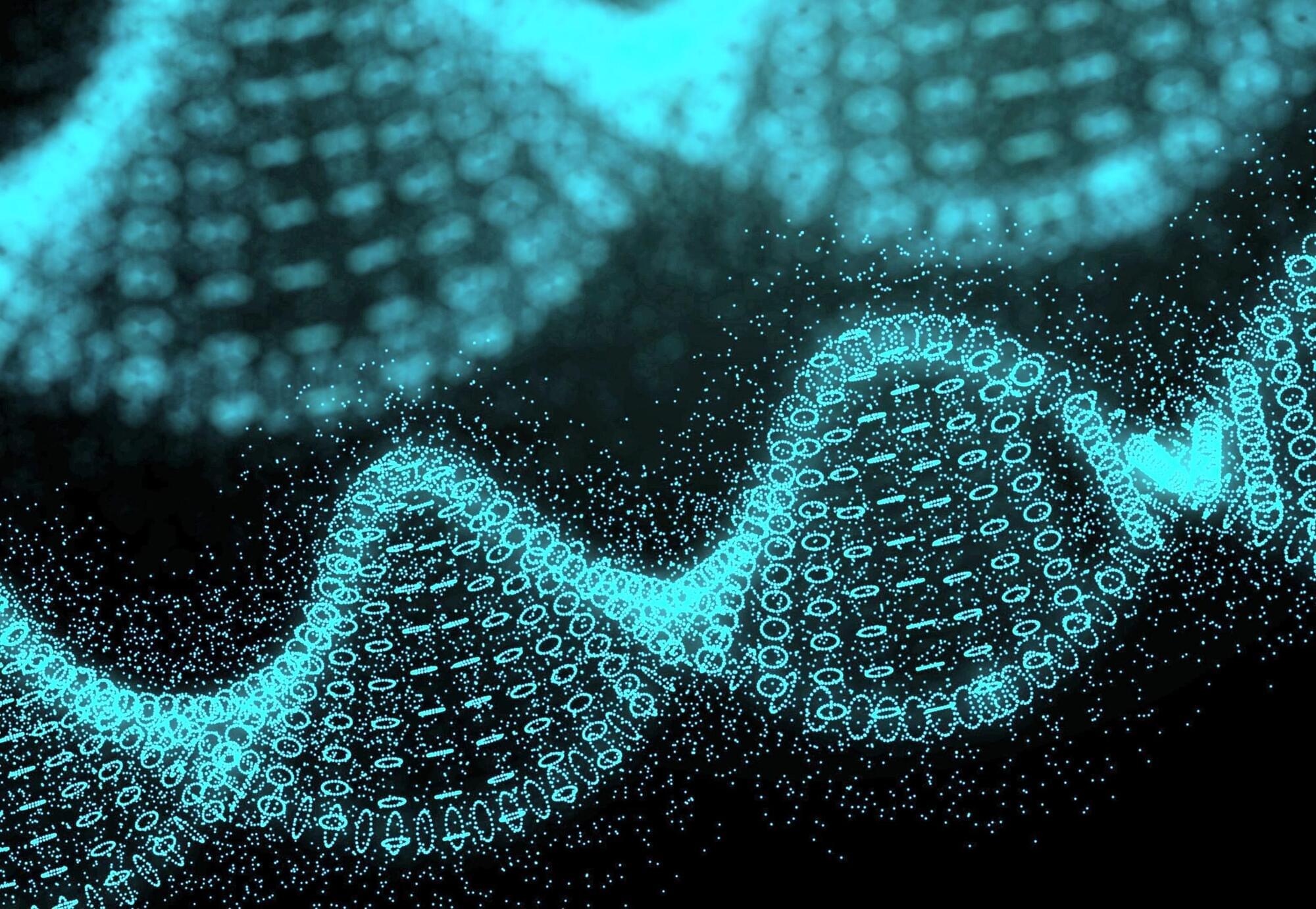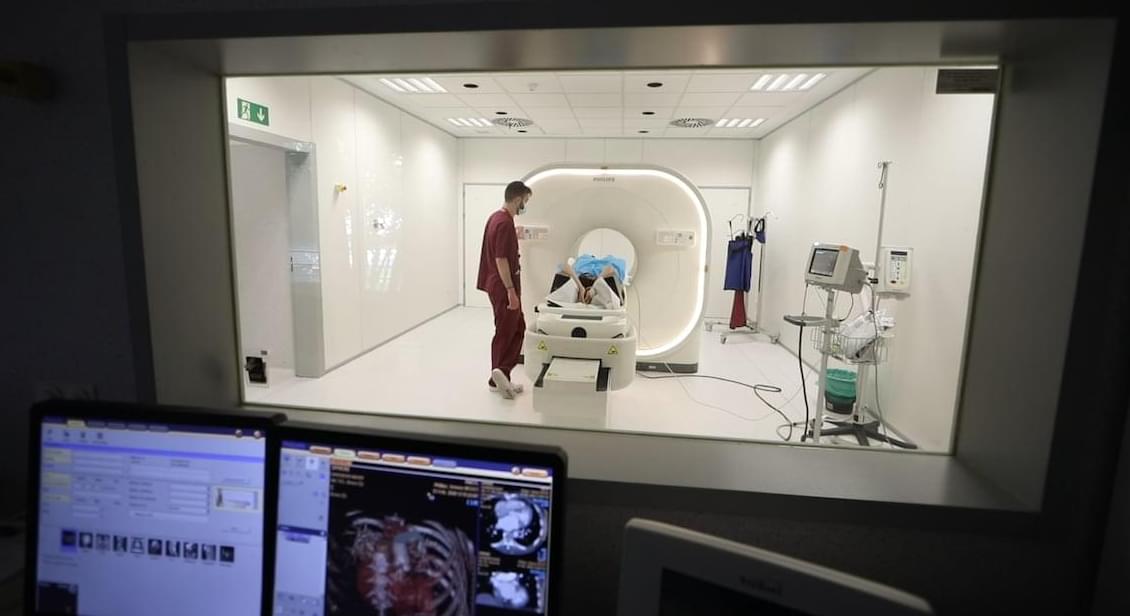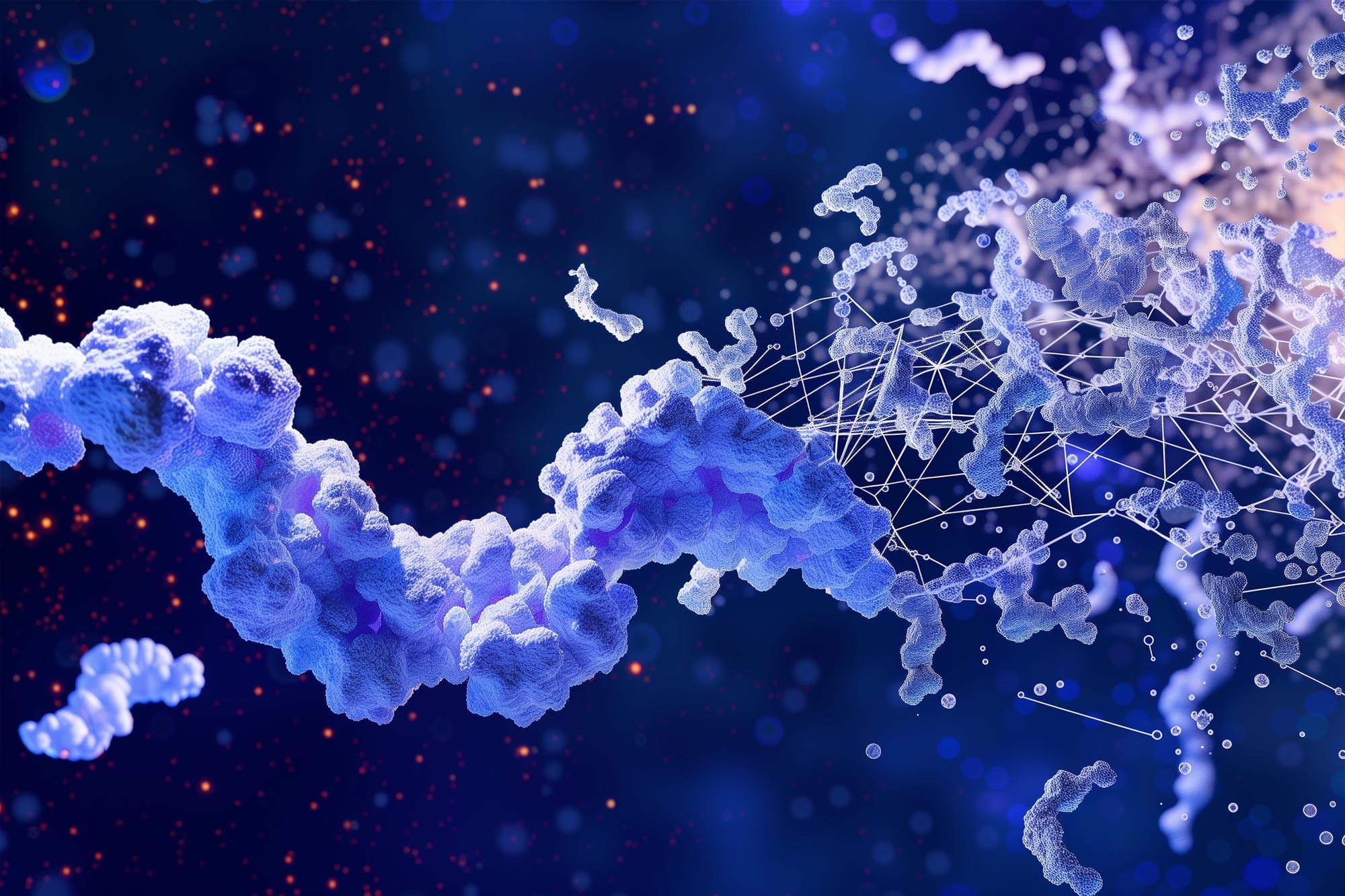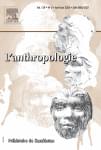A new study offers the first direct evidence that deep-dwelling mesopelagic fish, which account for up to 94% of global fish biomass, excrete carbonate minerals at rates comparable to shallow-water species. The findings validate previous global models suggesting that marine fish are major contributors to biogenic carbonate production in the ocean.
Scientists at the University of Miami Rosenstiel School of Marine, Atmospheric, and Earth Science studied the blackbelly rosefish (Helicolenus dactylopterus), a deep-sea species living at depths of 350–430 meters (1,148–1,410 feet), to determine whether it forms and excretes intestinal carbonate—known as ichthyocarbonate. This physiological process, common among marine fish, helps maintain internal salt and water balance in saline environments and plays a critical role in marine carbon cycling.
The study, titled “Osmoregulation by the gastro-intestinal tract of marine fish at depth—implications for the global carbon cycle,” was published on July 15, 2025 in the Journal of Experimental Biology.

